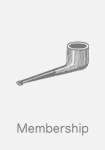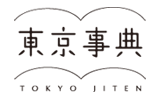Introduction.
It was an exciting opportunity to be invited by Cove Park in Glasgow and AIT in Tokyo to undertake a 6-week residency in Tokyo and Japan. As the point from the invitation to the start of the residency was short, and that my knowledge of Japan was broad but not specific, I decided to take an organic approach to what I saw, visited and took as my focus as the residency developed. This way, I hoped that I would not be constricted by preconceptions about the place and its culture, and be able to pick up on opportunities that arose. With an open-mind, camera and notebook I began to explore museums, galleries and areas of interest:
1) The Locality (Tokyo)
Tokyo is a global city known for its bright lights efficient transport system, Bladerunner style street scenes and noodle heaven. However I was more interested in finding out about the Mingei traditions of Japan and what was available within Tokyo - How the traditional mingled with the modern; how the art of the everyday was integrated into life in Japan. With regards to the Locale as Tokyo I felt it was an exciting arena to explore these aims, as a giant city you felt everything was there, and available if you knew where to look.
Furthermore I enjoyed living in the Sugamo area and found to accommodation comfortable and suitable to my needs. As it was situated on the Yamanote line it was simple and straightforward to get to most places we needed to on a regular basis such as the AIT office and studio space that was provided for work.
2) FOUND AND MADE Workshop
Along with Nick Evans and Mary Redmond (the other residents from Glasgow) we arranged to carry out a weekend workshop for subscribers to AIT. We met in Glasgow before we headed over to plan this and carried out further planning once we arrived in Tokyo in response to expectations and availability of resources.
I found AIT staff very supportive of this and helped focus our ideas into a plan that would be understood and well received by the participants. They gave us the freedom to theme and plan the workshop how we wished and supported this with helping to source materials, plan a timetable and co-ordinate the event.
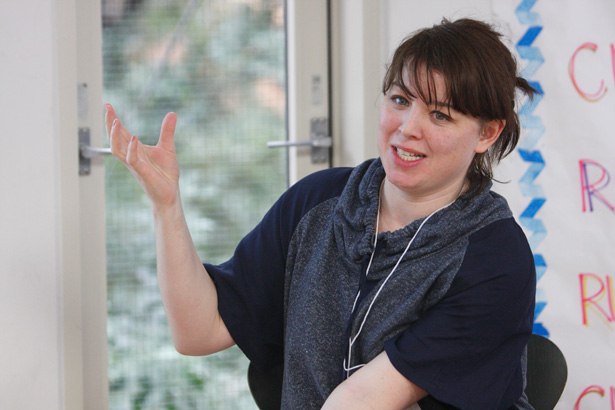
photo by: Yukiko Koshima
I felt that we were really able to provide an event that taught the participants a lot about how we worked as artists in Scotland, and about the Scottish art scene, in a manner that was easily comprehendible to the Japanese participants. I hope that we set high aims for the 2 day workshop and the participants rose to the difficult challenge of making sculpture within this short time.
At the end of the workshop I felt that we had asked much of the participants but they had worked really hard to achieve what they set out to do. There was a feeling of elation and celebration and I imagine much exhaustion.
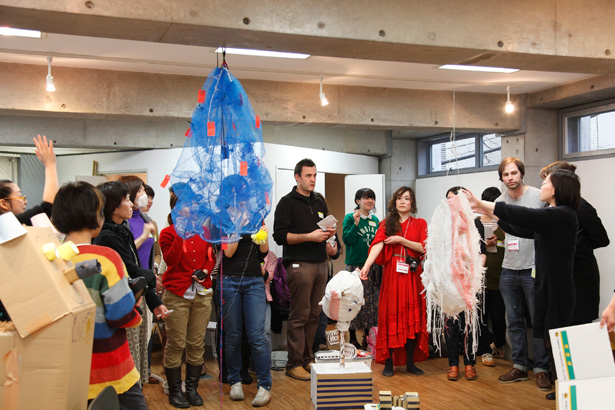
photo by: Yukiko Koshima
On a personal level it felt really interesting to present very personal views of thinking and making and to see these ideas come out through how the participants approached the brief of the project. I think that we managed to achieve a good balance between instruction and nurturing of the individual. I hope these practical workshops are something AIT can continue in their programme as it helps put into practice many ideas of 'thinking through making' and also demanded many 'curatorial' decisions over the 2 days, an din particular setting out the work in the final afternoon.
3) Visit to Sendai
Shortly after the anniversary of the Tsunami we visited Sendai along with staff from AIT and fellow resident Sudjud Dartanto. It was interesting to visit such a site in the context of an artistic research visit. We visited a small area of destructed coast line, a shrine that had been an important shelter for people escaping the flood, but much of the day was focused on arts venues and existing projects.
Sendai Mediatech: Lieko Shiga:
It was a wonderful experience to visit this building and to discover what a vibrant centre it was, being accessed by a wide range of residents from the area. There were a large amount of images documenting the disaster and subsequent clean up. These were good to observe along with the statements that accompanied them. It began to make the whole experience real and less like a news story. Yuko from AIT was very helpful in translating for us.
I also really enjoyed the artist Lieko Shiga whom had set up a temporary studio within the building. Her practice was exciting and relevant. Again it was very helpful to have Yuko available to translate making the work more accessible.
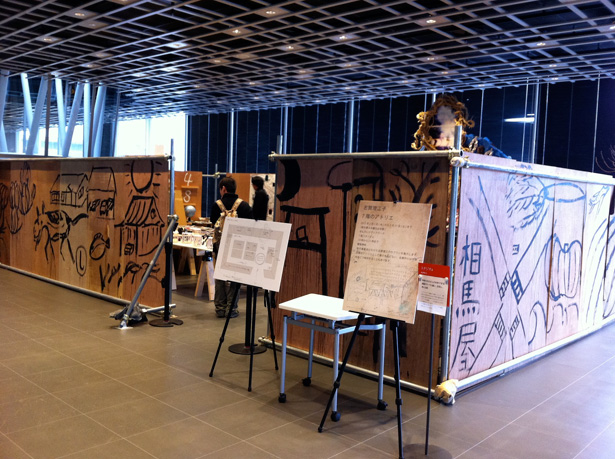
Birdo Flugas, an independent commercial gallery in Sendai Art Space:
It was interesting to hear the story from the director of this space who had witnessed the tsunami and also to find out about the focus of her gallery.
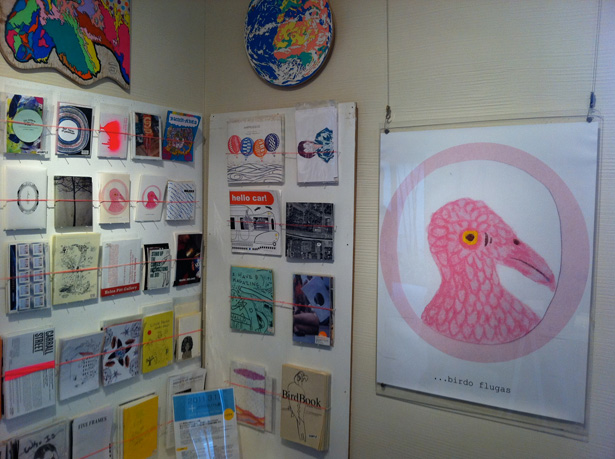
Hole, a project by Ayako Osanai:
I was very inspired by Ayako and her hands on approach and response to helping people recover from the disaster. She ran a residency house were people could come and stay who were working directly with the victims of the disaster.
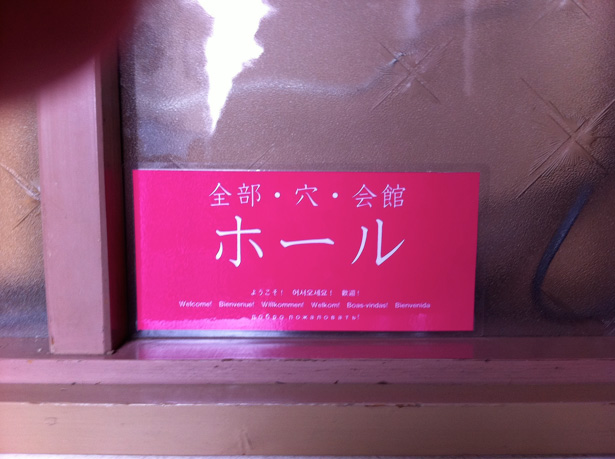
4) The Mingei movement
I have studied ceramics and I am very interested in folk craft traditions. As such both myself and fellow resident, Nick Evans were keen to explore the Mingei movement begun by Soetsu Yanagi and others in the 1920s and 1930s. We visited the Mingei museum in Tokyo and the house of Kawai Kanjiro in Kyoto.
Interestingly I began to learn more also about Yanagi's son, Sori Yanagi, an industrial designer who passed away at the end of 2011. I explored his designs which are still in production and met with his family members and a member of the Mingei Museum to discuss the relationship between the Mingei Movement and his subsequent industrial designs.
5) Graphic Design
I visited the Ginza Graphic Gallery and really enjoyed an exhibition they had of Rodchenko's graphic design. This led me to their gallery in Osaka where they had an exciting poster exhibition by Ito Tanaka. These posters were amazing and also a wonderful opportunity to learn more about the cultural infrastructure of Japan over the last few decades.
○ Future Directions
I work as both a design and a curator. In relation to my own design work I have picked up may ideas regarding surface design and object use. I hope that what I have discovered and learnt, and documented with my camera and notebooks, will have a holistic input into future work.
Regarding my curatorial work I have had a number of successful meetings with the estate of Sori Yanagi and guardians of the Mingei collection. I am very keen to develop an exhibition looking at this that will potentially tour the Uk and return to Japan. The timeframe for the development of this is 3 years. As I am about to begin a post as curator at Scotland's Centre for Craft and Design in Glasgow I hope that this exhibition can be delivered here.
I have discovered many things, both tangible and intangible about the Japanese traditions culture and society that will input into much of my future work and living.
Back to Agency of Cultural Affairs





